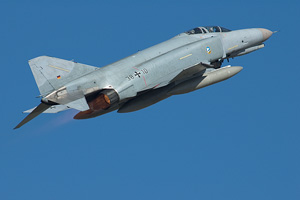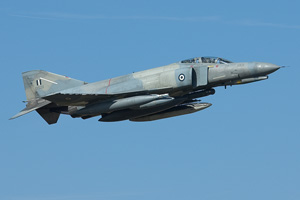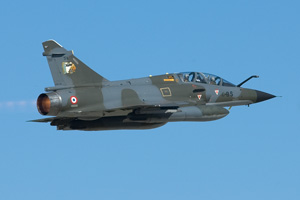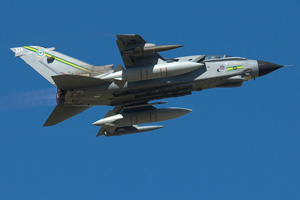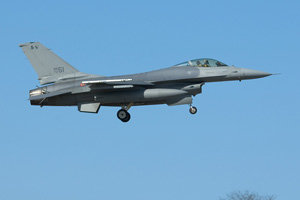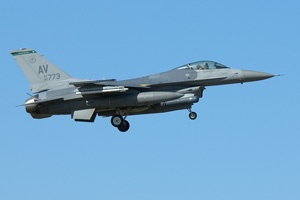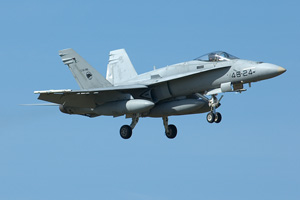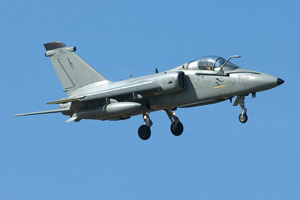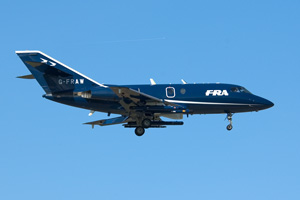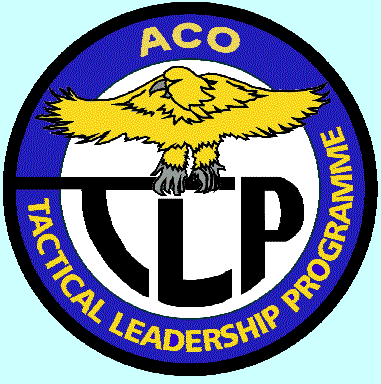
TLP 2005-02
Florennes, Belgium, March 2005
In 1978, NATO set about organising an advanced course for experienced fighter pilots with the aim of improving tactical capabilities to increase the effectiveness of air power. In particular, multi-national operations against the Warsaw Pact were enhanced. Remember, those were the days of the Cold War. This school ultimately became the Tactical Leadership Programme (TLP). The first courses were held at Fürstenfeldbruck in southern Germany. In 1979, the TLP moved house to Jever in northern Germany. TLP stayed for years in Ostfriesland until moving to Florennes in the south of Belgium during 1989. Reasons were increasing congestion of airspace as well as infrastructural projects at the base.
